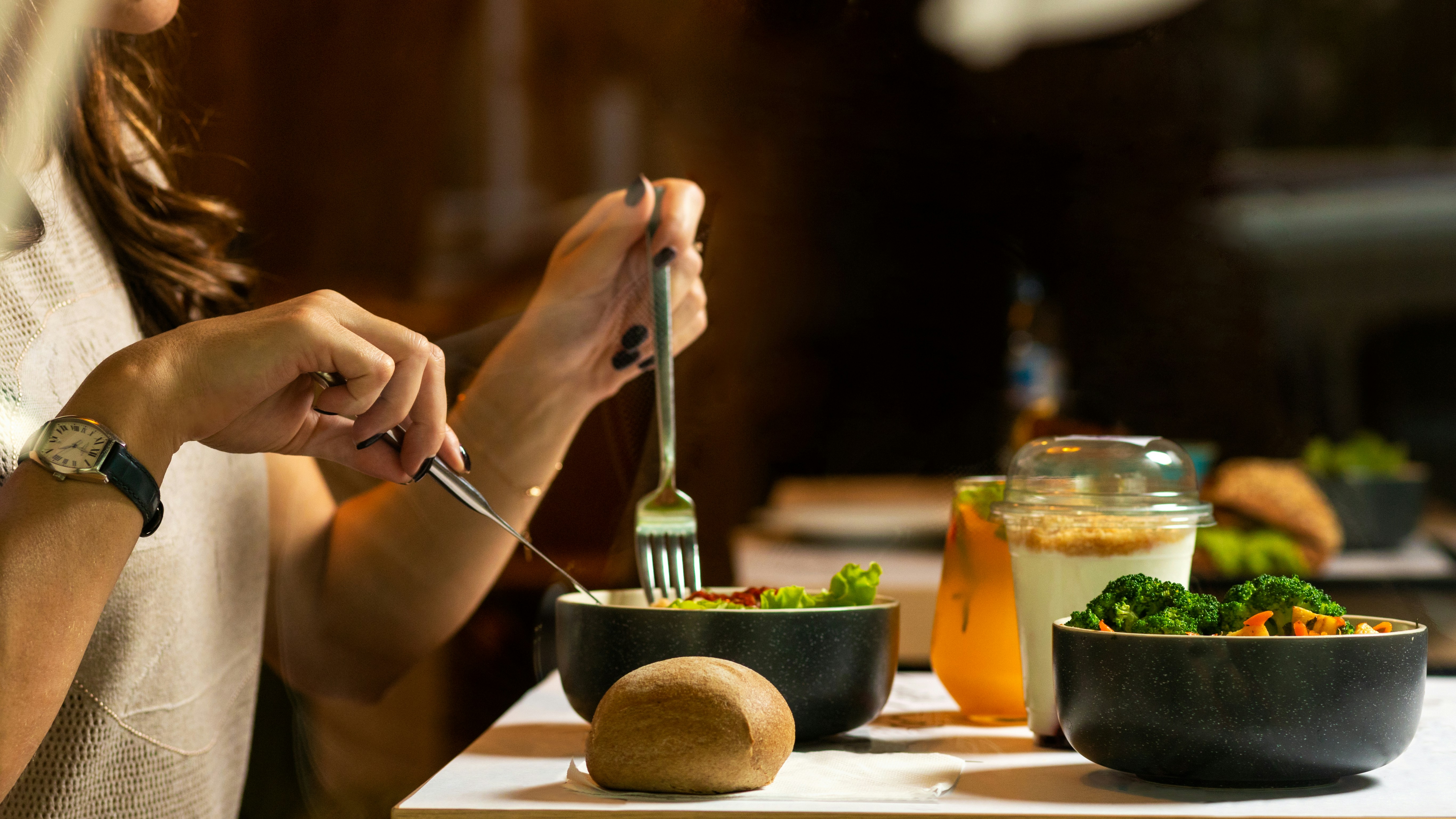
Discover the Keys to Sustainable Eating Through Practical Nutrition Courses
Countless meal plans and fad diets promise quick fixes but often leave people feeling frustrated and confused. A sustainable approach to eating offers lasting changes that adapt to your unique lifestyle. Practical nutrition courses take the guesswork out of healthy living by explaining the science behind food in ways that make sense. These courses help you recognize what goes into your meals, teach you how to plan ahead, and show you how to create habits that stick. With clear guidance, you gain the confidence to make choices that support your goals every single day.
Advertisement
This guide shows how to pick the right course, learn key nutrient groups, and design balanced, planet-friendly meals. You’ll discover clear tactics that make healthy eating part of your lifestyle. By the end, you’ll have ready-to-use strategies for lasting results.
Fundamental ideas for sustainable eating
- Seasonal focus: You eat fresh produce when it’s local. That cuts waste and boosts flavor.
- Plant-forward balance: You make vegetables the center of your plate and add lean proteins.
- Whole foods first: You choose minimally processed items. Fresh beans, grains, and nuts replace packaged snacks.
- Mindful portions: You serve sensible amounts to avoid overeating. You tune in to real hunger cues.
- Waste reduction: You plan leftovers, freeze meals, and compost scraps to shrink your footprint.
These principles guide every meal you prepare. A course that emphasizes seasonality and waste reduction helps you make choices that feel natural rather than restrictive.
Understanding key nutrients and how to learn about them
- Macronutrients: Courses often start with proteins, fats, and carbs. Find modules that show you practical portion sizes for each meal.
- Micronutrients: Vitamins and minerals power your metabolism. You’ll study sources of iron, calcium, and vitamin D, along with easy tests to identify any gaps.
- Fiber and phytonutrients: You explore plant compounds that reduce inflammation. Look for programs that teach creative ways to add leafy greens, legumes, and colorful fruits.
- Hydration: A section on water, herbal infusions, and low-sugar beverages keeps your energy steady throughout the day.
- Supplement sense: The best courses discuss when to supplement and how to choose high-quality brands. You’ll learn to check third-party testing like *USP* or *NSF*.
Breaking down each nutrient group helps you recognize patterns in your daily menu. You go beyond generic advice and understand why each component matters to your energy, mood, and long-term health.
Choosing a good nutrition course
Not all programs provide the practical steps you need. Start by reviewing the curriculum. The best options include video demos of meal prep and downloadable guides. Look for courses with live Q&A sessions so you can clarify roadblocks in real time.
Seek out instructors or institutions you recognize. For example, *Precision Nutrition* offers an in-depth look at habit change and behavioral science. Platforms like *Coursera* and *edX* partner with universities to offer evidence-based lessons and peer interaction. Make sure the course has assignments that encourage you to cook, shop, and journal.
Planning balanced, eco-friendly meals
- Batch prepare staples: Cook large batches of grains and beans. Store them in jars for easy mix-and-match bowls.
- Create color-coded meal templates: Fill half your plate with plants, a quarter with protein, and a quarter with whole grains or starchy vegetables.
- Use a rotating menu: Plan four weeks of meals, then repeat recipes with small tweaks. This reduces decision fatigue and grocery overspending.
- Choose protein sources wisely: Rotate fish, legumes, eggs, and lean poultry. You get diverse amino acids while easing environmental impact.
- Reuse leftovers: Turn yesterday’s roasted veggies into today’s frittata or stir them into whole-grain salads.
You’ll see how a simple template helps you stay on track. When time is tight, you grab pre-cooked components and assemble fresh plates instead of ordering takeout.
Building healthy habits that last
Courses that combine skill-building with psychology help you move forward. You practice small, consistent actions—like adding one extra veggie serving per day. You track your progress with weekly check-ins and adjust your goals based on real feedback.
You also learn to handle slip-ups without guilt. If you miss a meal plan, you review what caused the setback and make a small change for next week. That quick adjustment prevents one bad day from wrecking your overall momentum.
By combining structured lessons with real-life assignments, you gain confidence. You build a toolkit you can revisit whenever you face new challenges—travel days, family events, or seasonal menu shifts.
Practical nutrition courses give you skills you can use now. You won’t rely on willpower alone. Instead, you follow clear, step-by-step routines for shopping, cooking, and reflecting on your progress. That results in meals that nourish both you and the planet.
Begin exploring courses today to make healthy eating a lasting habit. Each lesson builds on the last through steady effort.
Advertisement